Gypsophila or as it’s more commonly known as, baby’s breath, is most recognisable as a popular flower filler used by florists and flowers shops due to its attractive and sturdy nature, whether fresh or dried. Named for its airy appearance, baby’s breath is more than just a flower filler as it is also used in gardens, food, and medicine.
Scientific Information
Gypsophila is the largest genus of the carnation family with over 150 different species of annual or perennial plants. It can grow to 15-90 centimetres in height, varying by species. Each flower produces minuscule seeds but some are retained and as the flower stalk dries wind can blow the entire plant loose creating a tumbleweed that helps to spread the seed across long distances.
Origins and Naming
Gypsophila comes from the Greek words gypsos and philos which meanings ‘gypsum’ and ‘loving’. It refers to the plant's preference for gypsum rich soil which many of the species grows.
Baby’s breath is native to Eurasia, Africa, Australia and the Pacific islands but has also become naturalised in other countries like North America. Turkey is known for having some of the highest varieties of baby’s breath.
Baby’s breath was introduced in America around 1828, though has since become a weed in many areas of North America.
Baby’ Breath Use
Baby’s breath has a large commercial use, mostly in the flower industry, but a few other varieties play an important part in different industries.
Baby’s breath contains saponins, an organic chemical that has a foamy quality when agitated with water. Saponins have a variety of uses including the production of photographic film and hemolytic laboratory reagents. They are also often used in soap and shampoo for their detergent qualities.
In food, the Gypsophila rokejeka is used to make the dessert halva which is a middle-eastern confection that is similar to fudge that contains sesame seeds. This same species is also used in liqueurs, cheese, and ice cream to add flavour, aroma, and freshness.
Other species are hyperaccumulators of boron which makes them helpful for removing boron from polluted soils as it is toxic.
Baby’s Breath in Flower Arrangements
Gpsophila paniculata and Gypsophila elegans is the most recognisable baby’s breath types used in flower arrangements. They have been classically placed with roses and used in wedding bouquets and flower arrangements but baby’s breath is a very diverse flower that can be used in a variety of innovative and beautiful ways.
*Baby’s breath looks stunning with vibrant yellow sunflowers.
*While often a flower filler, baby’s breath looks gorgeous all on its own. Try a thin necked vase or a large cylindrical vase.
*Baby’s breath makes a simple and classic boutonniere for weddings or graduations.
*Baby’s breath pairs well with carnations as they are from the same family.
*Contrast baby’s breath with a loud or colourful flower such as delphinium, poppies, or irises.
*Try arranging baby’s breath in a wreath shape for home décor or a wedding.
Popular Baby’s Breath Types and Colours
Baby’s breath comes in a variety of stellar colours from its traditional and recognisable white, to orange, blue, purple, pink, and red.
Gypsophila paniculata
This type of baby’s breath is a perennial that is popular as flower filler in both gardens and flower bouquets. They generally grow in white or pink shades and is commonly used in the flower industry. Some popular varieties of this type include the Festival Star, Snowflake, Compacta, the double-flowered Bristol Fairy, Perfecta, Virgo, Red Sea, and the double pink-flowered Flamingo.
Gypsophila repens
Also known as creeping baby's-breath with it’s long draped stems, these small flowers grow in large sprays and prefer alpine temperatures and generally grow in white and pink shades. It’s foliage also is a lovely tint of blue-green. This type of baby’s breath looks lovely adorning garden walls or concrete.
Gypsophila elegans
Gypsophila elegans is a variety of baby’s breath that grows annually look lovely in gardens or in flower bouquets, growing in white or pink shades as well as single or double flowers. Popular varieties of this baby’s breath type include the Covent Garden, Grandiflora Alba, Giant White, White Elephant, Red Cloud, Rosea and Carminea.
Baby’s Breath Symbolism and Meaning
Baby's breath, especially in the traditional white shade is associated with feelings of eternal love, pureness, and affection. They are also associated with marriage, the innocence of children, as well as birth and, are at times, given as gifts to expectant mothers.
Further, baby’s breath has come to be associated with relationship devotion and not just of the romantic kind, as it can represent a family devotion or a friendship. Within Christianity, it is believed to represent the strength of the Holy Spirit.
Each colour variety of baby’s breath also has its unique meaning
*White is associated with unity and spirituality.
*Orange symbolises positivity and joy.
*Blue means honesty.
*Pink represents a gentle spirit.
*Red symbolises love and passion.
*Purple is associated with nobility and beauty.
Baby’s Breath Flower Care
Baby’s breath is generally an easy species to manage, grow, and care for. They’re drought-resistant, require little upkeep, and dry beautifully when you’re done with them or need to cut them back.
Garden Care
In the garden, baby’s breath strongly prefers full sun and will require at least six hours of direct sunlight a day, so place them carefully, especially because baby’s breath has a taproot and doesn’t like to be moved. Baby’s breath also grows best in well-draining soil that is on the sandy side with lots of organic matter. Baby’s breath also likes alkaline soil with a pH between 7.0-7.5.
As baby’s breath grows and you notice that the stems are having a hard time staying upright, insert a stake beside the plant to secure it. Baby’s breath is drought tolerant and can handle periods of dry soil so don’t overwater your baby’s breath. It can be moistened every week or so.
Another great thing about baby’s breath is that it doesn’t require deadheading but it may require the occasional prune to keep them looking fresh.
Cut Flower Care
As cut flowers, baby’s breath stays fresh 5-10 days. If you’re buying baby’s breath from a florist be sure to get ones that are not yet fully in bloom and have firm stems. Baby’s breath is very sensitive to ethylene exposure, which is a chemical that decaying flowers and vegetation give off so avoid having anything decaying near them.
General Flower Care:
*Cut the stems at a 45-degree angle.
*Use flower food.
*Prune and remove any dead or dying leaves or petals, especially if they’ve fallen in the water.
*Change the water daily.
*Keep flowers away from drafts, fans, and appliances that give off heat.
Interesting Facts About Baby’s Breath
*Baby’s breath is classified as mildly toxic to cats.
*Chemicals within the baby’s breath, such as saponins, can break down cancer cells and is being explored within cancer research.
*In Britain, baby’s breath is also known as a soapwort.
*Baby’s breath, especially when dried, can cause allergies for some.
This is a Hong Kong GGB original 'Flower Facts: All About Baby’s Breath' blogpost.





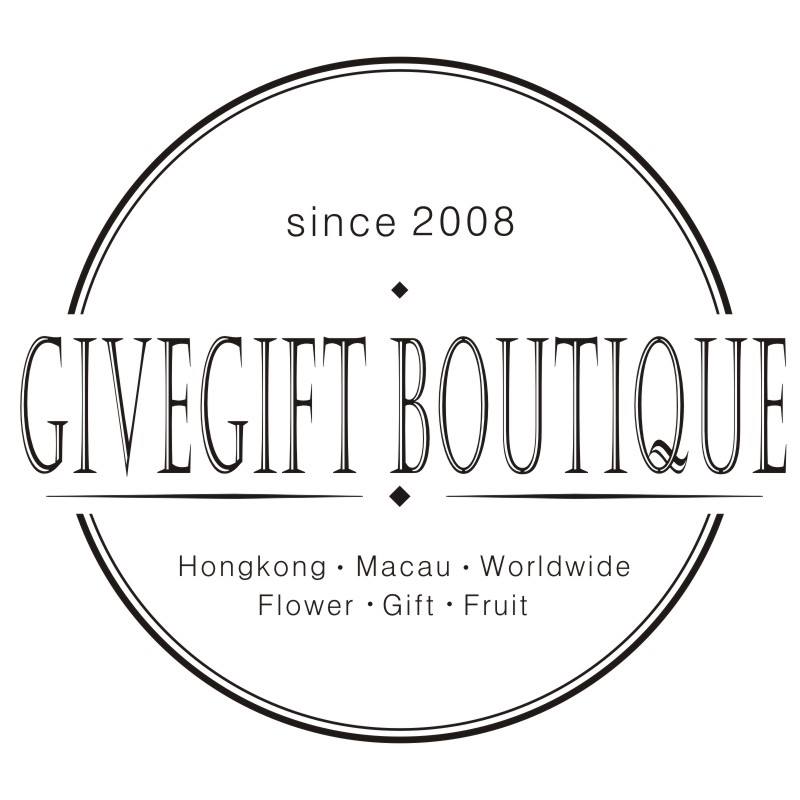
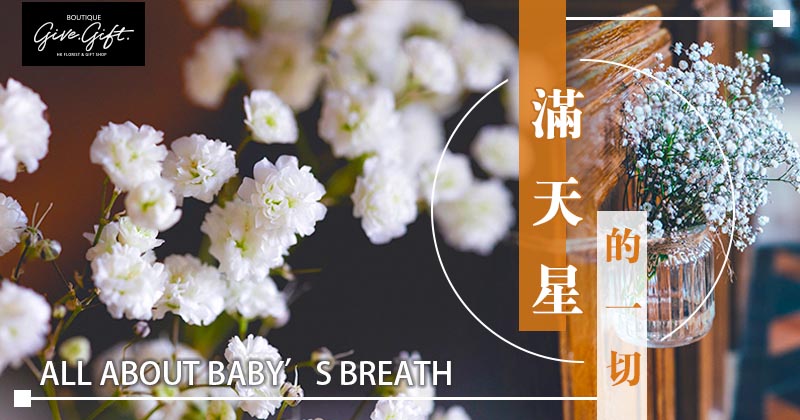
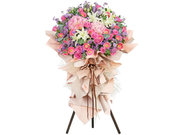

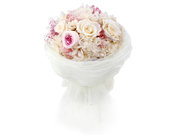

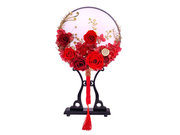
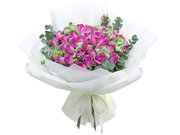
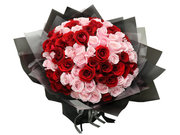
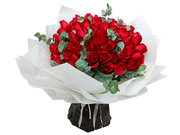
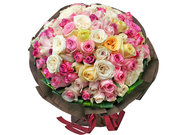
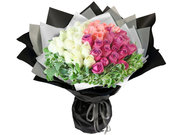
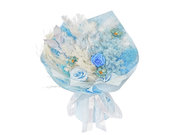
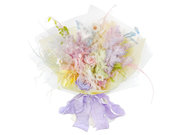
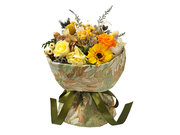
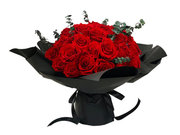
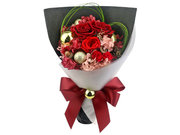
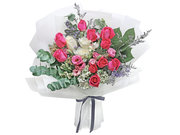
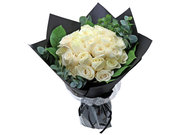
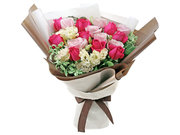
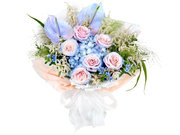
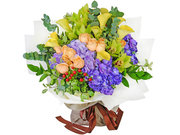
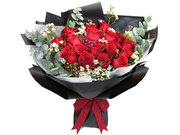
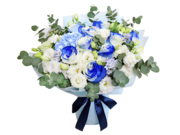
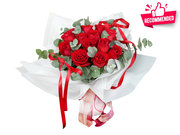
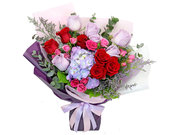
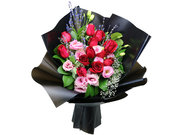
 Share
Share Tweet
Tweet +1
+1  Pin it
Pin it Post
Post  Weibo
Weibo Review
Review

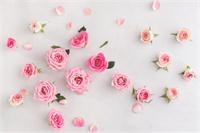
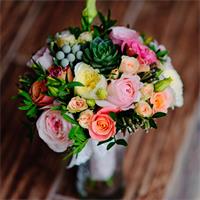
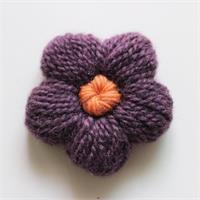

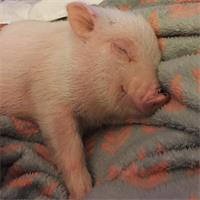
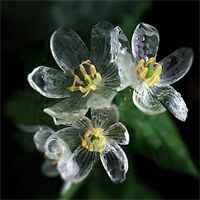
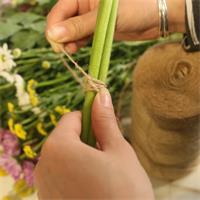
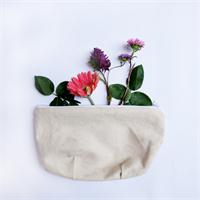



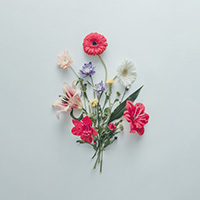
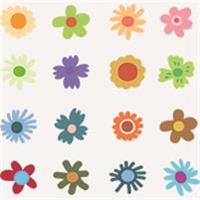
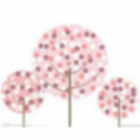
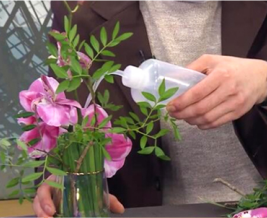



 Diwali Gifts
Diwali Gifts 
 ▶
▶